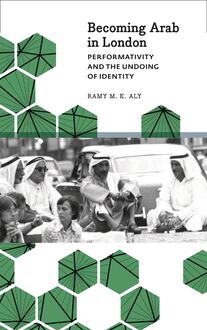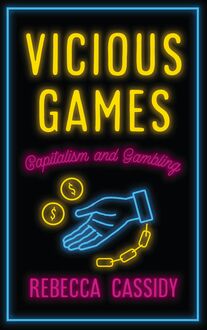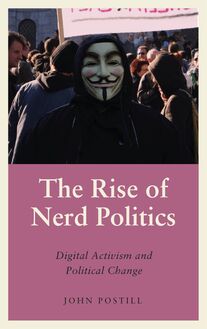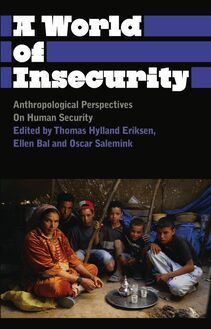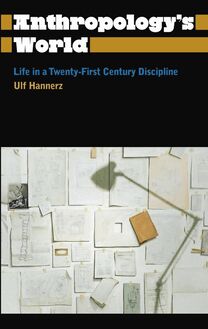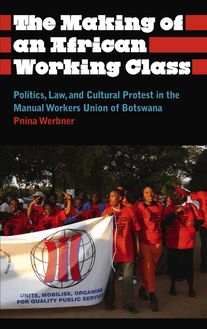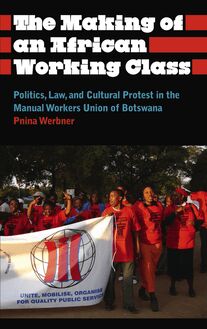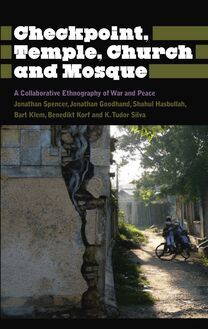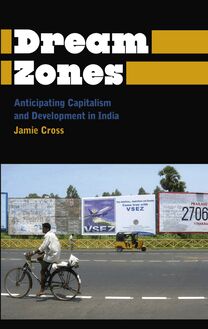Terror and Violence , livre ebook
262
pages
English
Ebooks
2005
Obtenez un accès à la bibliothèque pour le consulter en ligne En savoir plus
Découvre YouScribe et accède à tout notre catalogue !
Découvre YouScribe et accède à tout notre catalogue !
262
pages
English
Ebooks
2005
Obtenez un accès à la bibliothèque pour le consulter en ligne En savoir plus
Publié par
Date de parution
20 novembre 2005
Nombre de lectures
1
EAN13
9781849642750
Langue
English
Poids de l'ouvrage
1 Mo
As the contributors to this volume demonstrate, what we have come to regard as acts of terror -- whether politically motivated, or state-sanctioned -- have assumed many different forms and provoked widely differing responses throughout the world.
At a deeper level, the contributors explore the work of the imagination in extreme contexts of danger, such as those of terror and terrorism. By stressing the role of the imagination, and its role in amplifying the effects of experience, this collection brings together a coherent set of analyses that offer innovative and unexpected ways of understanding a major global problem of contemporary life.
Introduction Andrew Strathern and Pamela J. Stewart University of Pittsburgh, USA
1. 'Terror Against Terror': 9/11 or 'Kano War' in the Nigerian Electronic Press? Misty L Bastian Franklin and Marshall College, USA
2. Vigilante Organisations, the Politics of Theft, and Imagined Conceptions of Community among the Kuria of Kenya Suzette Heald Brunel University, UK
3. Unspeakable Crimes: Athenian-Greek Perceptions of Local and International Terrorism Elisabeth Kirtsoglou University of Wales, Lampeter, UK
4. The Indian State, its Sikh Citizens, and Terror Joyce Pettigrew Queens University of Belfast, UK
5. Between Victims and Assailants, Victims and Friends: Sociality and the Imagination in Indo-Fijian Narratives of Rural Violence during the May 2000 Fiji Coup Susanna Trnka University of Auckland, New Zealand
6. Narratives of Violence and Perils of Peace-Making in North-South Cross-Border Contexts, Ireland Pamela J. Stewart and Andrew Strathern University of Pittsburgh, USA
7. The Sign of Kanaima, the Space of Guayana and the Demonology of Development Neil L. Whitehead University of Wisconsin, Madison, USA
8. Imaginary Violence and the Terrible Mother: The Imagery of Balinese Witchcraft Michele Stephen La Trobe University, Australia
9. Afterword Neil L. Whitehead University of Wisconsin, Madison, USA
Publié par
Date de parution
20 novembre 2005
EAN13
9781849642750
Langue
English
Poids de l'ouvrage
1 Mo
